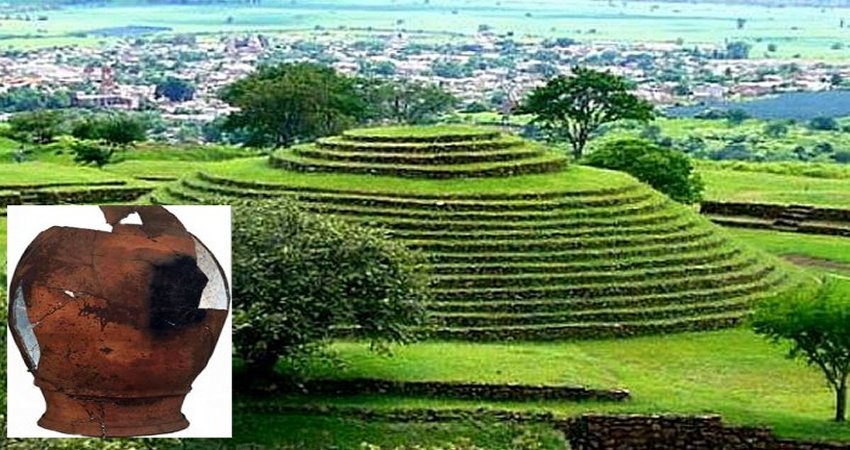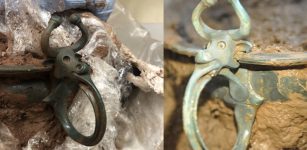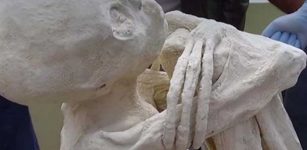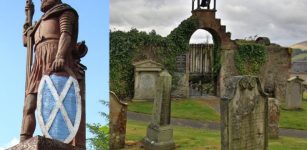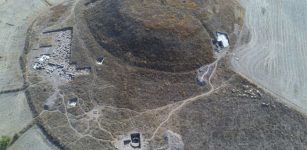Ancient Mystery Of The Hannibal Route Across The Alps Finally Solved?
MessageToEagle.com – Where Hannibal crossed the Alp has been a long-standing ancient mystery no-one has been able to solve.
Hannibal was the Commander-in-Chief of the Carthaginian army during the Second Punic War with Rome (218 -201 BC). He became famous for leading his army consisting of thirty thousand men (just thirty seven elephants and over fifteen thousand horses and mules) across the Alps to invade Italia – bringing the Roman army to its knees. The great Carthaginian general Hannibal was ultimately defeated at Zama in 202 BC. and committed suicide by consuming poison from his ring he wore constantly.
After been given orders to surrender, Hannibal was determined not to fall into his enemies’ hands and he met his fate at Libyssa located on the eastern shore of the Sea of Marmara, the inland sea, entirely within the borders of Turkey.
Nevertheless, his campaign is rightly regarded today as one of the finest military endeavours of antiquity.
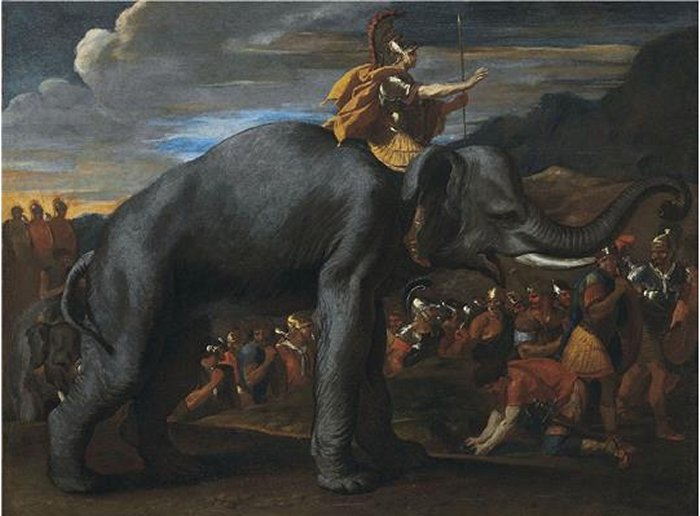
For over two thousand years, historians, statesmen and academics have argued about the route Hannibal took across the Alps. Until now, no solid archaeological evidence has been forthcoming. However, this might have change now as scientists think they have finally discovered evidence that could shed more light on one of history’s greatest enigmas.
See also:
War Between Romans And Persians Lasted 721 Years: World’s Longest Human Conflict In History
Bizarre Old Ring With License To Kill
Bronze Age Mining In The Alps Already Took Place 3500 Years Ago
According to a study conducted by microbiologist Dr Chris Allen Queen’s University’s, Belfast and his international team of colleagues, led by Professor Bill Mahaney, York University, Toronto there is solid evidence for the most likely transit route that took Hannibal’s forces across the Alps via the Col de Traversette pass (~3000 m). This crossing point was first proposed over a half century ago by the biologist and polymath Sir Gavin de Beer, but has not previously been widely accepted by the academic community.
Using a combination of microbial metagenome analysis, environmental chemistry, geomorphic and pedological investigation, pollen analyses and various other geophysical techniques, the researchers have shown that a ‘mass animal deposition’ event occurred near the Col de Traversette – that can be directly dated to approximately 2168 cal yr BP, i.e. 218 BC.
Dr Chris Allen, from the Institute for Global Food Security at Queen’s University Belfast, said: “The deposition lies within a churned-up mass from a 1-metre thick alluvial mire, produced by the constant movement of thousands of animals and humans.
Over 70 per cent of the microbes in horse manure are from a group known as the Clostridia, that are very stable in soil – surviving for thousands of years. We found scientifically significant evidence of these same bugs in a genetic microbial signature precisely dating to the time of the Punic invasion.”
MessageToEagle.com
References:


